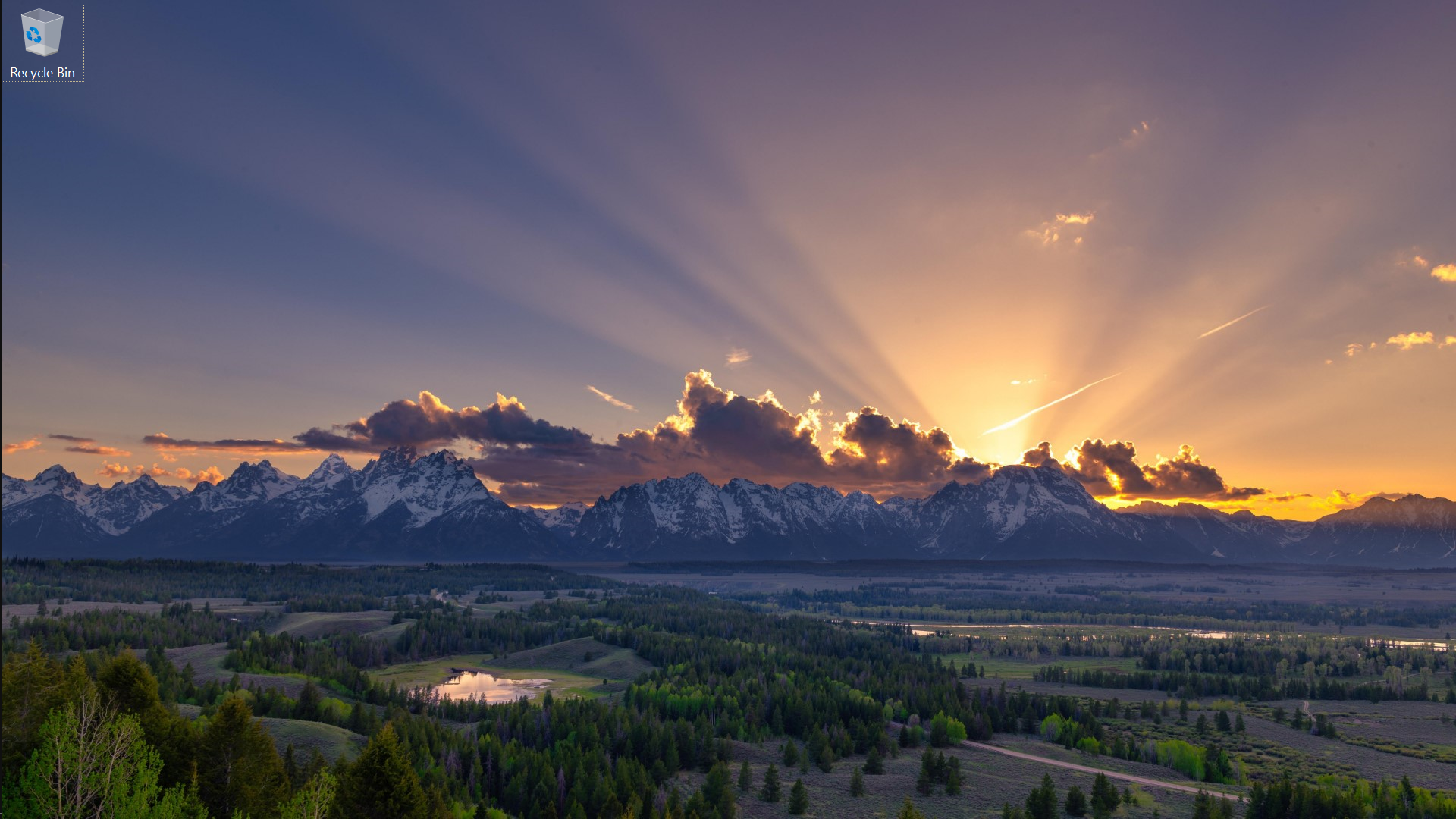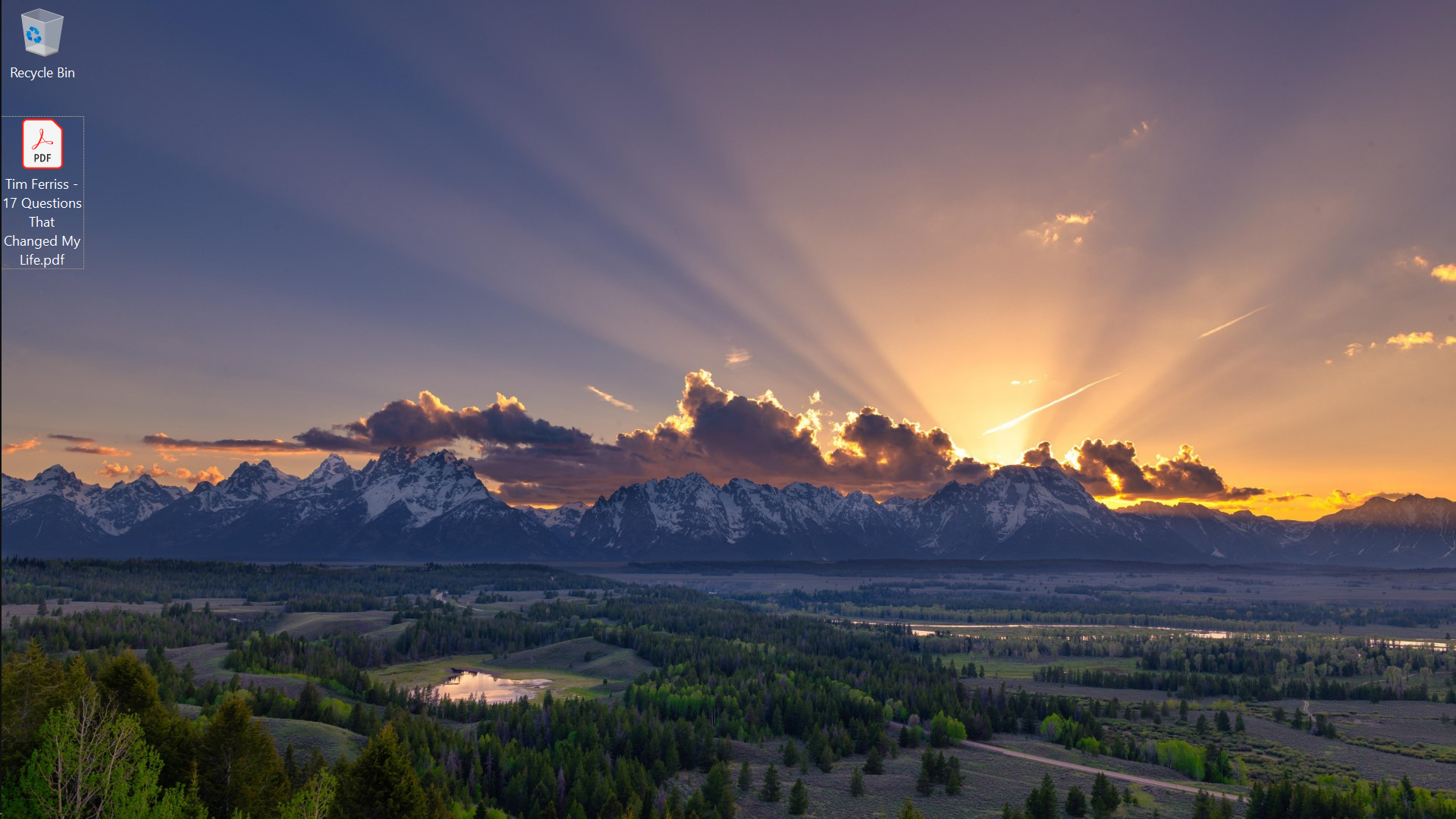Digital Minimalism - Part 2: Desktop
These are guidelines I try to follow, rather than rules I strictly adhere to. Many times it seems I relax for a minute and my desktop is completely cluttered with saved screenshots of unknown origin and Excel files with confusingly similar names that just might contain the formula that will make or break Q2 for the whole company. But these guidelines help me keep the confusion to a minimum.
End on empty

I strive to have a completely empty desktop when I shut down my computer for the day. This forces me to put files where they belong. For example, I just recently got a pdf from Tim Ferriss’ website and have it hanging around:

So I’ll get it to my to-read folder where my e-reader can pick it up and it won’t be forgotten. Ending on empty!
It is also nice to start the next day with a clean desktop. During the day it will fill up, especially because of my next point, but at least I start with a clean slate.
Ban the Downloads folder
The Downloads folder on most computers is a complete chaos. Files get downloaded and then drown among the other files, never to be seen again. To solve this, I change my standard download destination to be my desktop. Together with the point above, always end on empty, it forces me to take some action on all files before the day is over.
Avoid tab hell
This is the one I personally find most challenging. It’s easy to add up tabs of things you’ll want to read or research later. This drains both your computer’s resources as well as your mental resources, as it’s a constant reminder of things you have to get to. I have tried many approaches. Tab managers such as One Tab at first seemed to be the solution. For me, that just creates another layer of clutter. Soon you’ll have racked up dozens of saved tab sessions you will “soon” get to. Instead, what works best for me, is a similar “end on empty” approach as I use for the desktop. Before closing the browser for the day, I take some action on each open tab. It could be:
- Anything related to current projects: Save as bookmark (be aware of bookmark hell, the cousin of tab hell)
- Anything for later reading/research: Save to Pocket for sync to e-reader.
- Any nonsense: close close close.
Overall these tricks help me keep focus and especially help with intentionality, as you don’t get distracted by whatever you were doing during your last session.
Check out the first article in the series about image organisation here.
For the essential handbook on digital minimalism, check out Digital Minimalism by Cal Newport.


